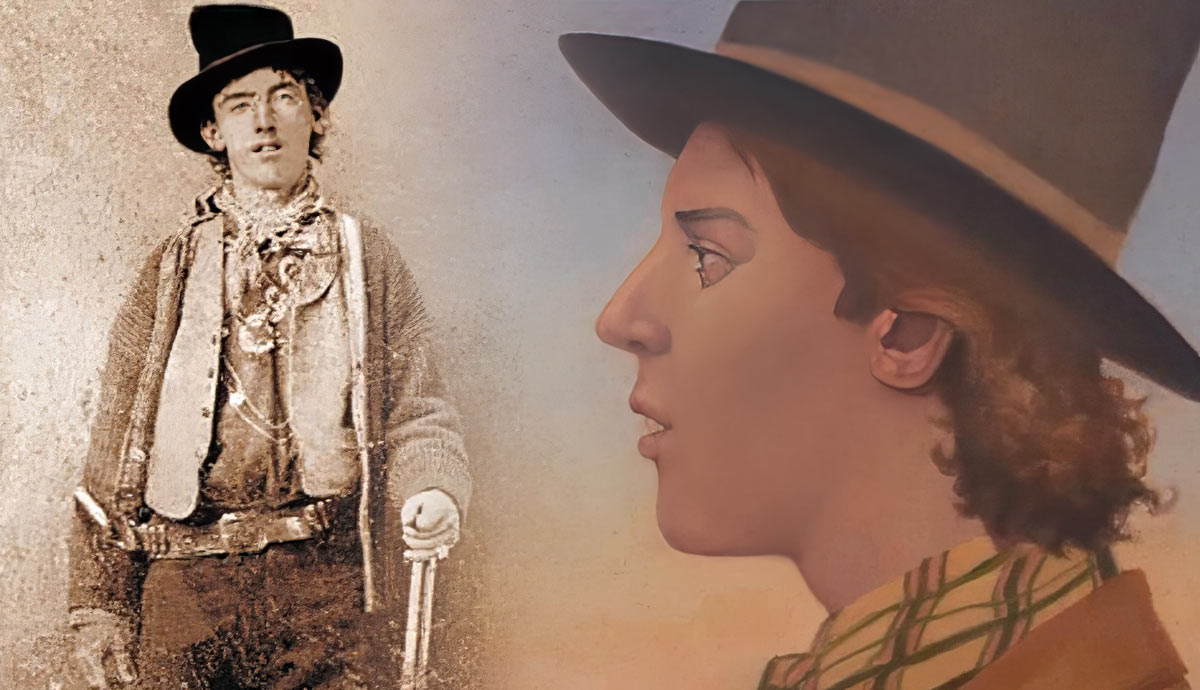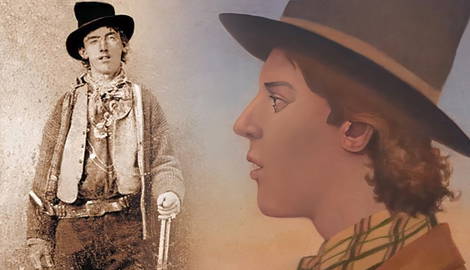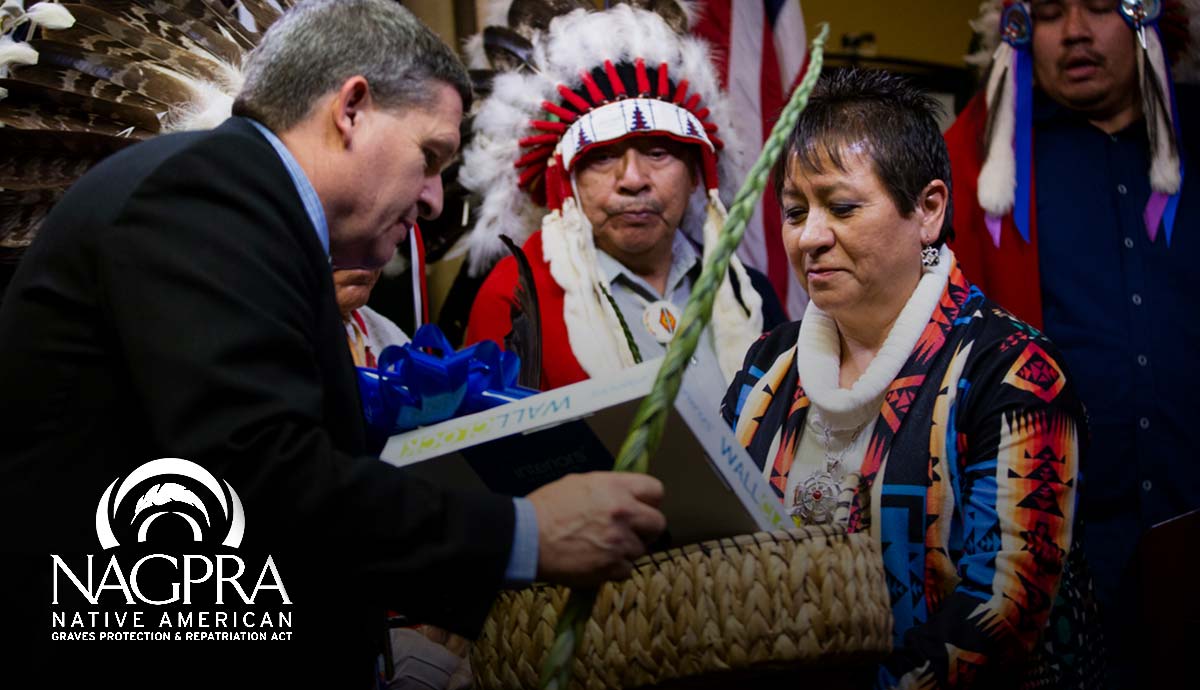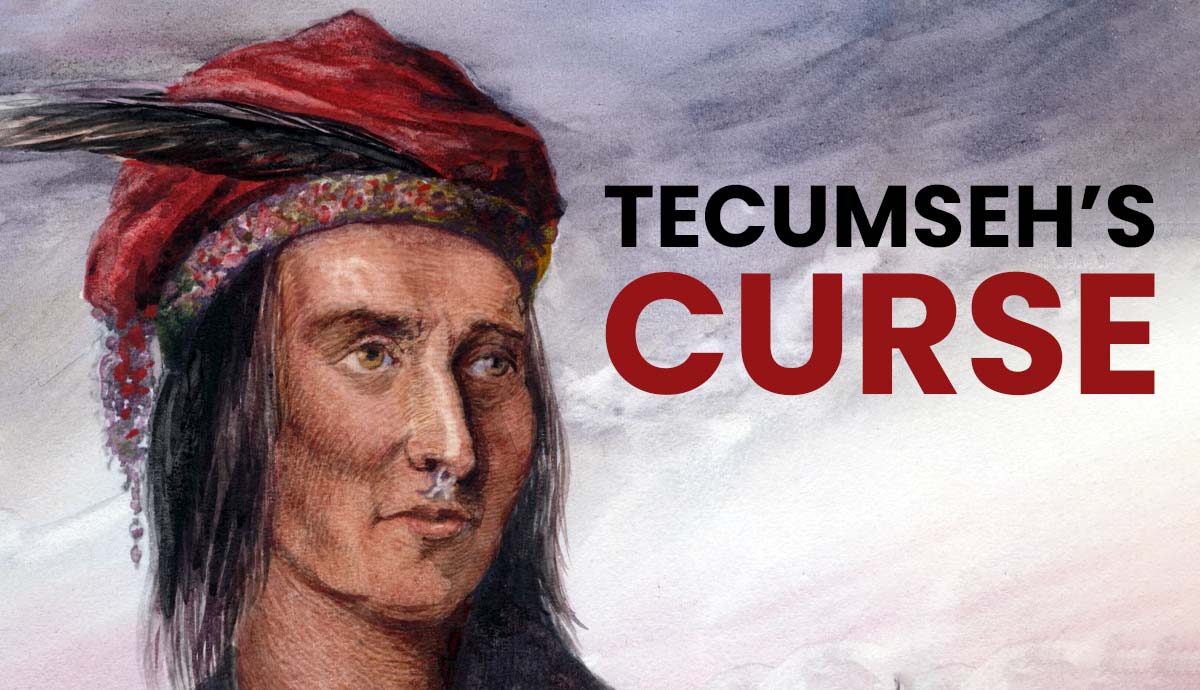
Outlaws were an integral part of American history; their role in developing the “wild west” mythos is second to none. From these stories rise a few notable characters, including Billy the Kid, a young man formerly known as Henry, who, despite his young age, led a daring group of criminals that angered lawmen throughout the American Southwest. Billy’s lifestyle tempted fate, and it eventually caught up with him. His existence was cut short at the age of twenty-one. Let’s take a look at what made him so impactful and memorable during his short run.
Billy the Kid: The Boyhood of a Brigand

The man who would later become known as Billy the Kid was born Henry McCarty in approximately 1859 on the East side of New York City. His mother’s name was Catherine, and his father’s name was unknown. Both were likely Irish immigrants. Henry had one younger brother, Joseph. When he was young, Henry and his family moved west, making appearances in Indiana and Kansas, likely pulled by the popular American idea of Manifest Destiny that was sweeping and shaping the nation. At some point, his father passed away, and Catherine was left alone with her two boys. She managed to provide for her children through various means, such as by taking in laundry. Catherine was active in her local community and even involved in the founding of the city of Wichita, Kansas.

In Kansas, Catherine met a man named William Antrim, and the two began a relationship. They would marry on March 1, 1873, and Antrim became Henry’s stepfather. It is believed that this is where he would pick up his later moniker of “Billy” from his stepfather. However, some historians think that William was actually his given first name, and he simply went by Henry, his middle name, in his younger life. He also used his stepfather’s last name when his mother remarried and began going by Henry Antrim.
While her love life was improving, Catherine’s health was failing. She contracted tuberculosis and became quite ill. Her doctor told her she should consider moving to a drier climate. Within months, the family moved to Silver City, New Mexico, not only for Catherine’s health but so William could pursue his new interest: prospecting.

With his stepfather spending a great deal of time away from home at the mines, young Billy and his brother spent their time in school, with friends, and helping their mother. Catherine took in boarders to help make ends meet, and the family was considered a well-loved part of the community.
She steadily grew sicker and died in September 1874 at the age of forty-five. Her husband was away mining and was not even present for her funeral. Friends’ parents comforted thirteen-year-old Billy and eleven-year-old Joe as they laid their mother to rest. When their stepfather returned, he had no interest in raising the boys, and they were split up into two separate foster homes. Joe was sent to live with an acquaintance who ran a social club, leading to early exposure to drinking, gambling, and drugs, all vices that would riddle his life until he died in 1930.
Young Billy was sent to live with the Truesdell family, the matriarch of which was a friend of his mother’s. Antrim left the boys’ lives for good.
Turning Bad

Billy left the Truesdell home the following summer due to some unknown domestic difficulties. He began living in a local boardinghouse and was soon courting trouble. One of his housemates robbed a Chinese laundry, stealing clothes and guns. Billy helped hide the stolen goods, which were discovered in his boardinghouse room. He was arrested for larceny and thrown in prison.
Billy’s stint in prison lasted only two days: he managed to shimmy his thin frame up the jailhouse chimney to freedom and found himself on the lam. It would be the first of many escapes from the law. This brazen breakout made the local paper the next day and was the first time, but far from the last, that Billy’s name would appear in print.
More Trouble

Rumor has it that Billy went west and found his stepfather, who gave him some money and told him to get lost. Billy continued on, searching for work, picking up odd jobs such as ranching, and getting involved in the local gambling scenes. He soon earned the nickname “Kid,” which was a common tag for young troublemakers, not to mention he featured a youthful build and appearance.
Billy started hanging out with John Mackie, a former US Army soldier and notorious criminal. Of course, this didn’t help Billy’s reputation or choices of actions. He would be nabbed along with other members of Mackie’s criminal enterprise while stealing horses from US soldiers. Once again, however, he evaded conviction by escaping from the guards while they were distracted at a local dance.

Upon his release, Billy joined a poker game where he soon found himself exchanging insults with a blacksmith named Francis “Windy” Cahill. Cahill slapped Billy in response to something said and pinned him to the ground. In retaliation, Billy drew his gun and fired. He fled, heading to New Mexico territory, as Cahill crumpled. Cahill died the next day, and Billy had his first official murder on his conscience.
A New Man?

Later that year, in 1877, Billy adopted his most recognizable alias, William H. Bonney, though “Billy the Kid” was often his moniker in the press. He seemed unable to stay out of trouble in New Mexico and was soon arrested and jailed in his new home, Lincoln County, for stealing horses from a powerful local man named John Tunstall. However, Tunstall seemed to recognize something impressive in young Billy, and upon the Kid’s release from jail, Tunstall hired him to work as a cattleman and hired gun on his ranch. Billy appreciated this gesture and his new position and became fiercely loyal to his new employer.
War Ignites

In February 1878, Tunstall, Billy, and several other men from Tunstall’s ranch were traveling to sell some horses. They were confronted by a Sheriff’s posse that had been convened on behalf of a rival businessman, and Tunstall was shot and killed. This murder would ignite a series of events later known as the Lincoln County War.
The following day, Tunstall’s foreman was permitted by the local prosecutor to form his own special posse, and he did so, forming the Regulators, of which Billy the Kid would become the most famous member. This deputized posse put Billy on the right side of the law for once in his life, and he was paid $4 a day for his service. Over the next three months, the Lincoln County War would blaze on, with deaths on both sides, though the Regulators would be the only ones charged with any crimes.
During the course of the action, the New Mexico governor visited the area and canceled the prosecutor’s appointment, which made the Regulators outlaws. During the events, Billy was believed to have killed the county Sheriff, William Brady, and a man named Buckshot Roberts.
Aftermath

In the autumn, US President Rutherford B. Hayes removed the New Mexican territorial governor and instated a man named Lew Wallace, hoping to shut down the Lincoln County War once and for all. Wallace declared amnesty for the men involved who were not already under indictment, providing arms were laid down on both sides. Unfortunately, Billy was exempt from this safety, as he had been indicted for the two murders.
Thus, he remained on the lam. He went on to exchange several letters with the new governor, and Wallace convinced him to come in to testify, promising him a pardon. He completed the task, then headed out again, the pardon not secured. The law would be after him within months after he was involved with the death of two more men. Sheriff Pat Garrett would begin pursuing him and become his famous archenemy. Garrett finally caught up with Billy in 1880, and the following April, he was found guilty of the murder of Sheriff Brady. He would be the only person ever convicted of any crimes from the Lincoln County War.
Life…or Death?

As a result of his conviction, Billy was sentenced to death. While awaiting his execution, Billy asked a guard to take him to the outhouse. On the walk, Billy overpowered the guard, killed him, stole a shotgun, and killed the guard outside the jailhouse as well. He found a pickax with which to free himself from his shackles, stole a horse, and made his escape.
A few months later, Sheriff Pat Garrett, hearing that Billy may be hanging around the home of his girlfriend, Paulita Maxwell, headed to the Maxwell homestead in the dead of night. On July 14th, 1881, Garrett shot and killed Billy as he entered the room where Garrett hid, asking, “Quien es?” (who is it?).
Billy was buried in Fort Sumner, and his death was ruled a justifiable homicide. Billy’s death made global headlines the next day, and his legend soon became the stuff of dime novels and oral tradition. Even in the next century, his story would continue to be told, on the big screen, in musical lyrics, and beyond.
Billy’s legend continued to live in other ways as well. Several men, including perhaps the most famous, Brushy Bill Roberts, would claim to be the Kid, purporting that he hadn’t actually died in the Maxwell home. However, DNA tests have since proved those claims to be false.
Billy the Kid: An Enduring Legend

Despite his death over 140 years ago and the fact that only one photograph exists of him, Billy the Kid persists in the hearts and minds of Americans. As of 2012, he held the record as the individual with the most films made about him in motion picture history. His legend will forever be associated with the myth and grandeur of the Wild West, and many will marvel at what his young life could have been had it not ended so suddenly. A cunning and mythical figure, Billy the Kid will remain entrenched in the storylines held so dear in history.










